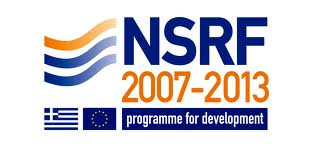The need of such in-situ system has been recently highlighted by the experience of Fukushima accident. Also, the directives of International Atomic Energy Agency (IAEA) promote the in-situ approach especially in radiological crisis where the exposure of personnel has to be minimized. So the main ideas/motivations of the proposed project are:
a) The control of radioactivity levels in marine areas and rivers where nearby nuclear power plants operate (or future plants are going to be constructed). Also it could be valuable in regions where non-nuclear industries operate. For instance near coastal fertilizer and offshore oil industries as wastewaters may enhance the concentration of natural radioactive materials. Moreover, at ports for monitoring of radioactivity in ballast waters of nuclear and non-nuclear powered vessels.
b) National Governmental Agencies for radioprotection request immediate information and variation of observed radioactive substances (especially 137Cs and 131I) without laborious work or spectrum analysis. The proposed system will improve their alert effectiveness and protection policies of marine environment and public health.
c) Long-term monitoring would contribute to research studies for radioprotection purposes. Marine radioactivity data will be incorporated in existing databases of terrestrial and atmospheric measurements improving the quality of radio-contamination modeling, assessment and remediation.





